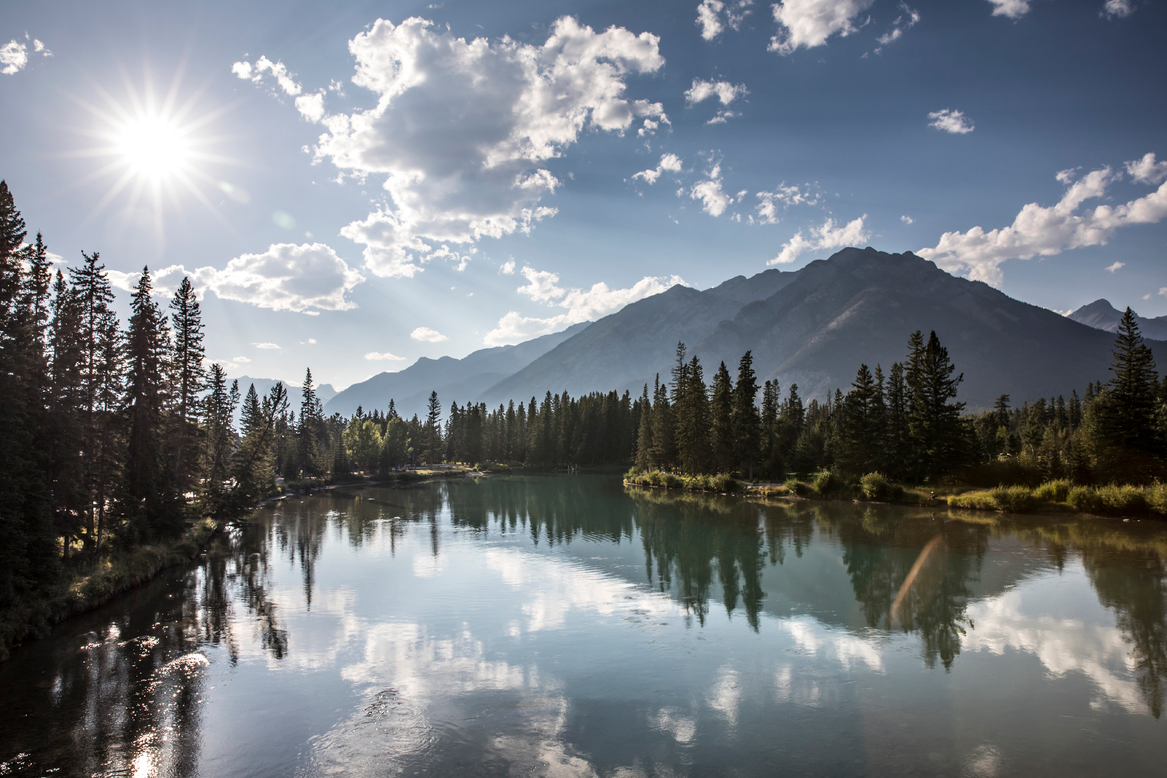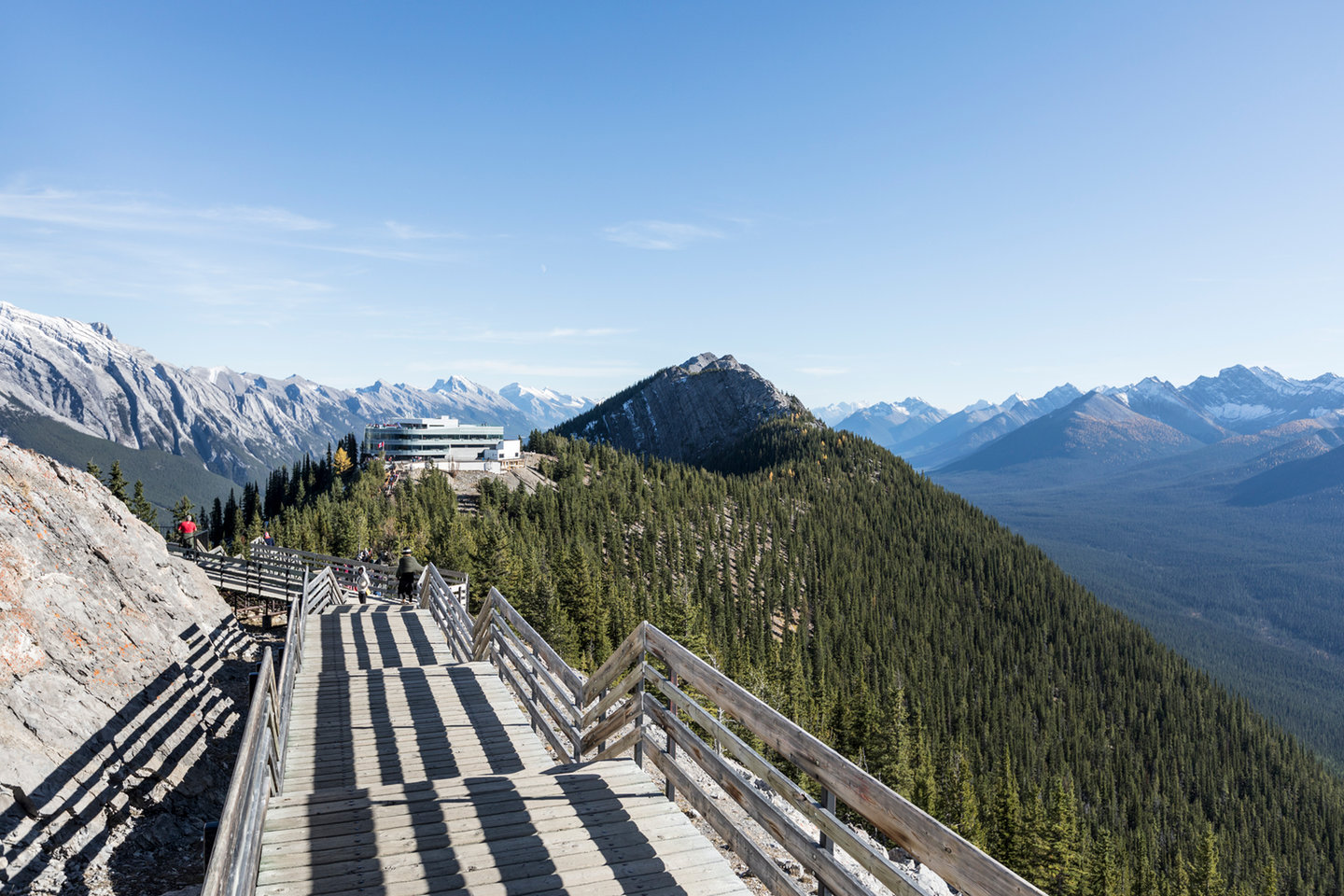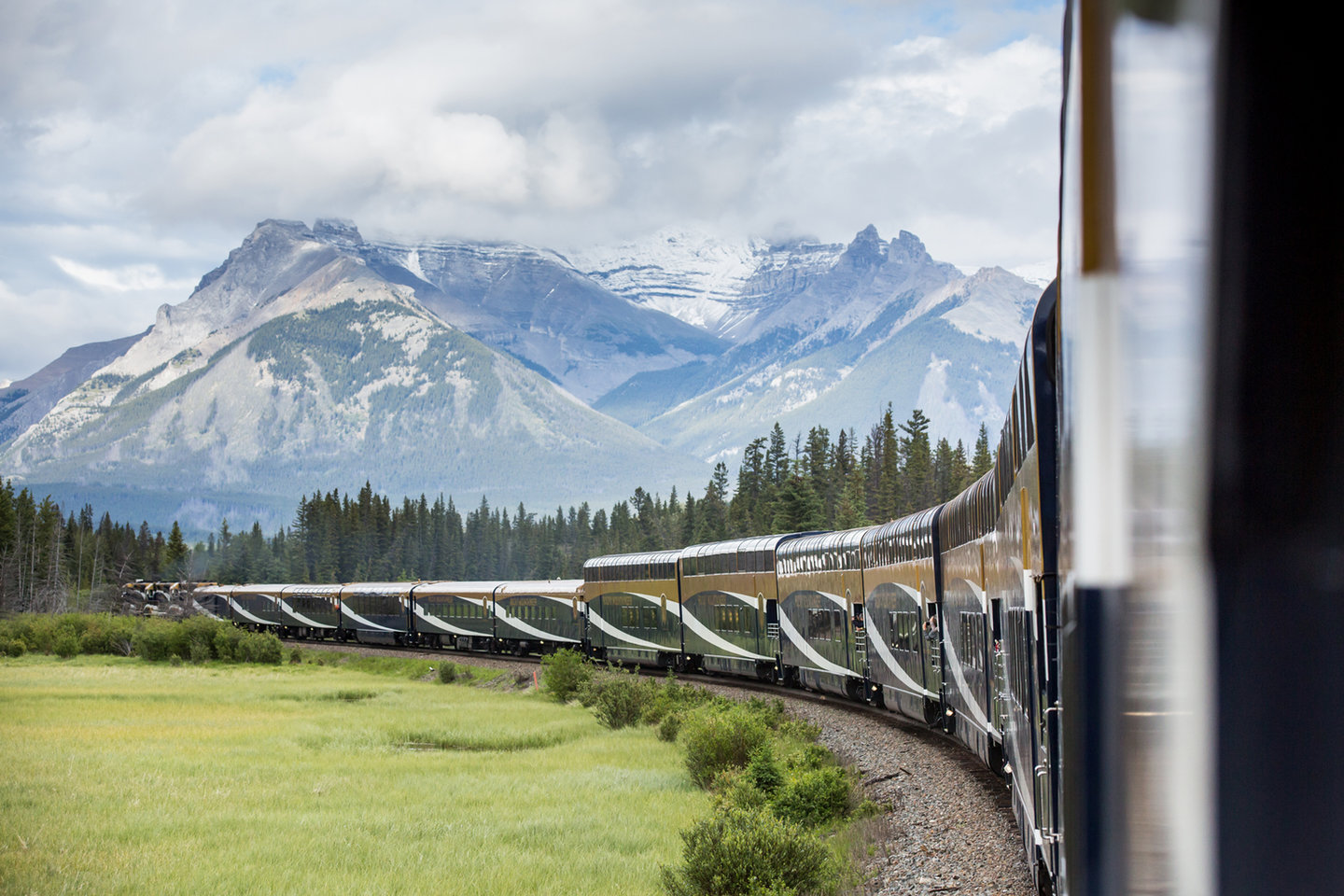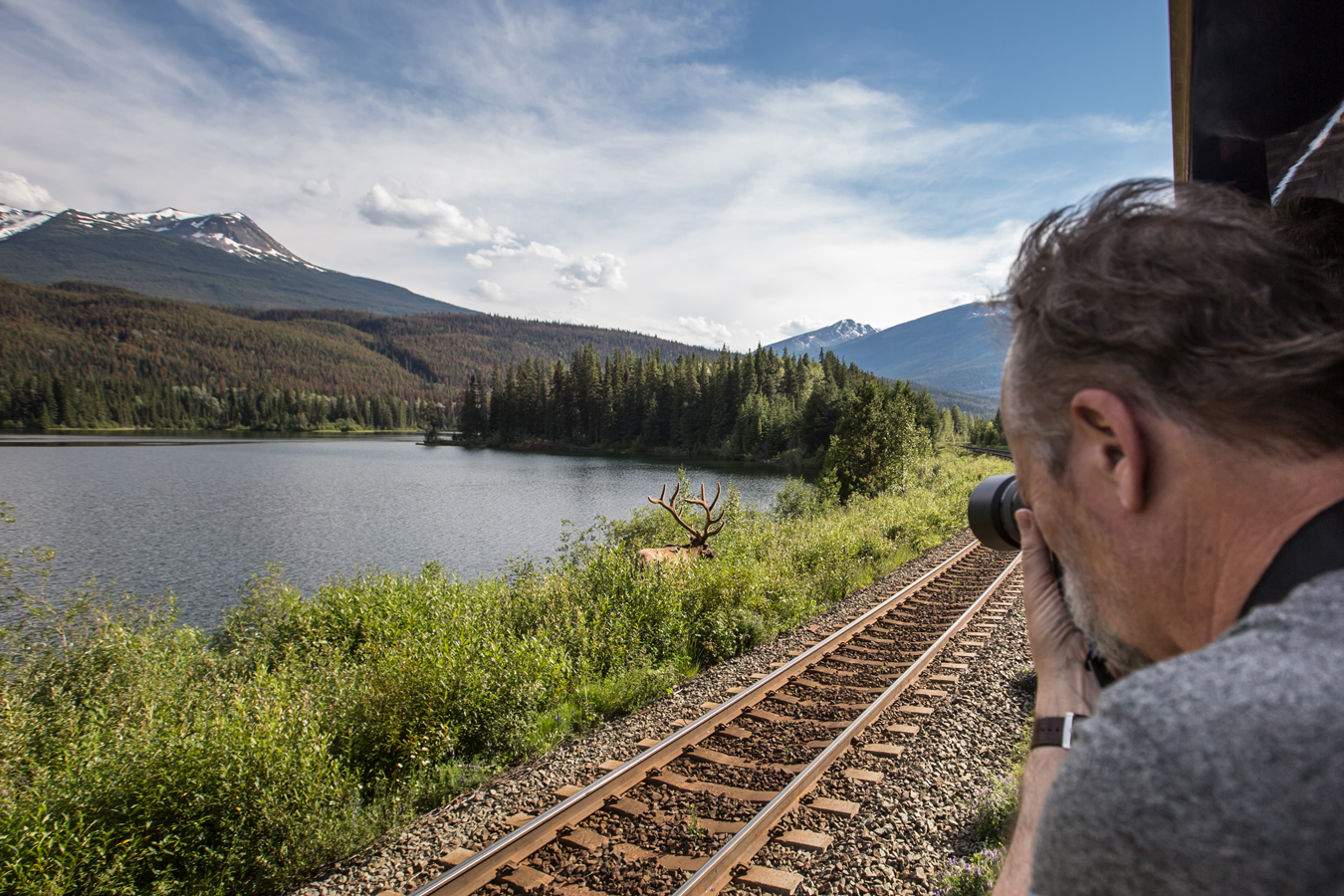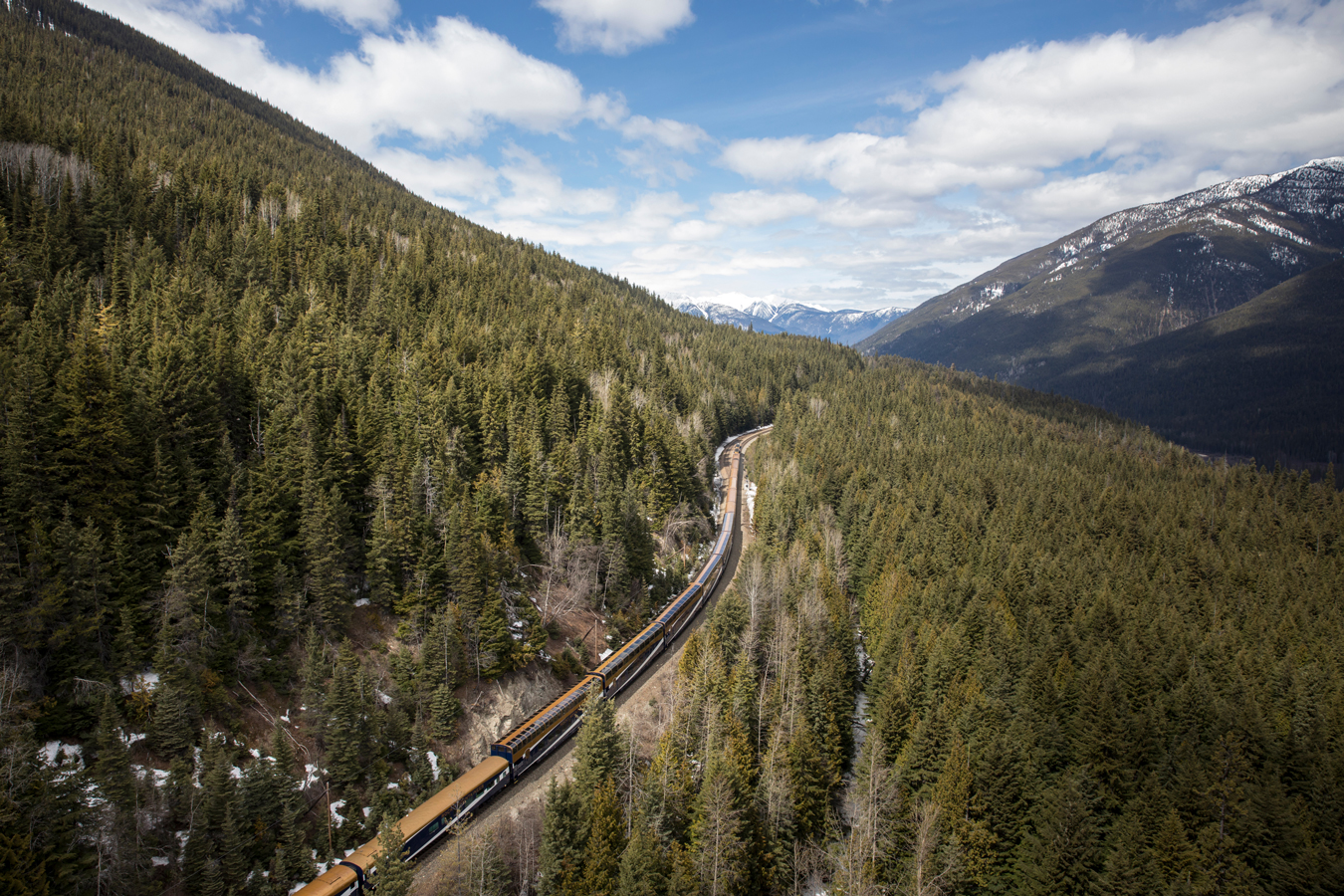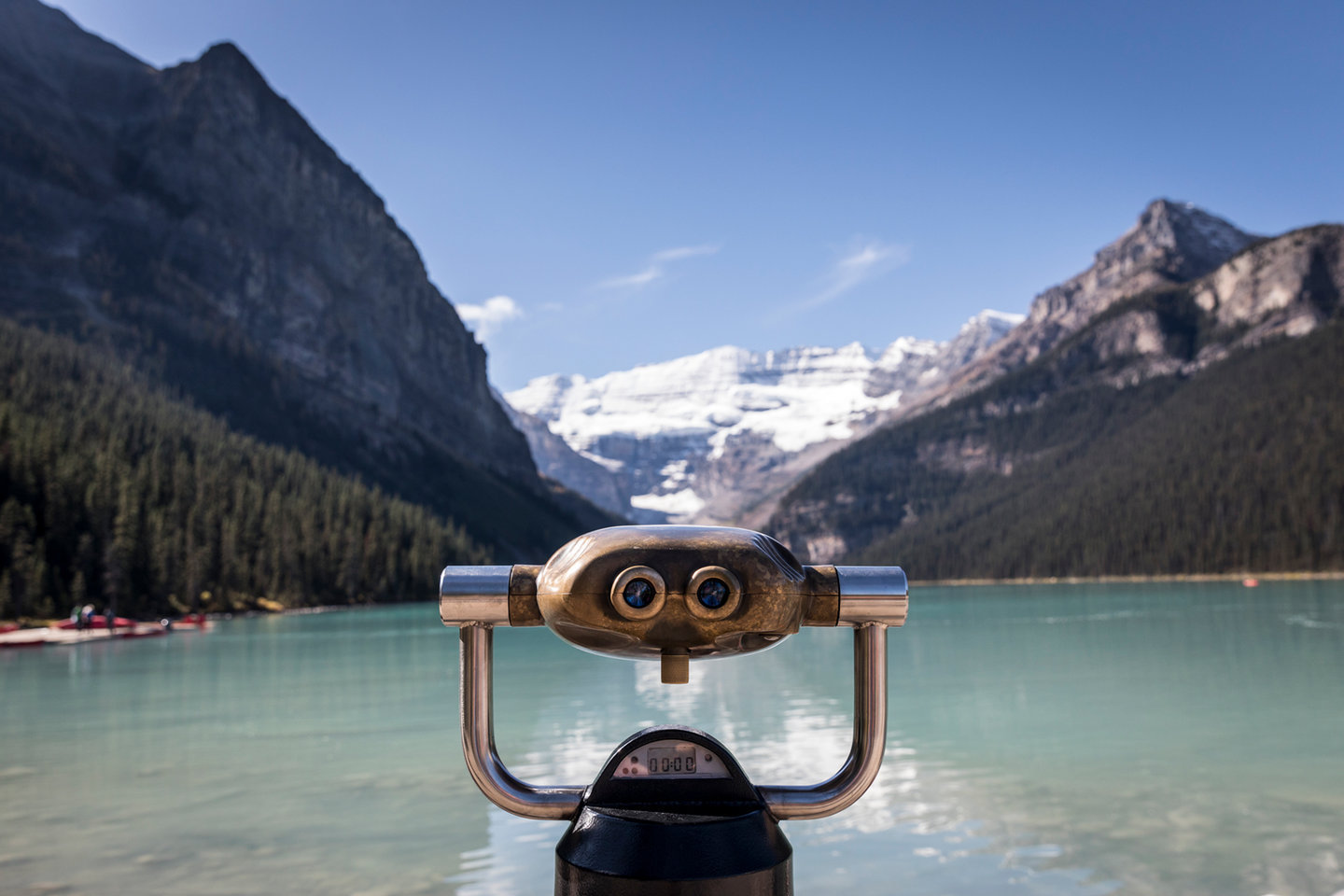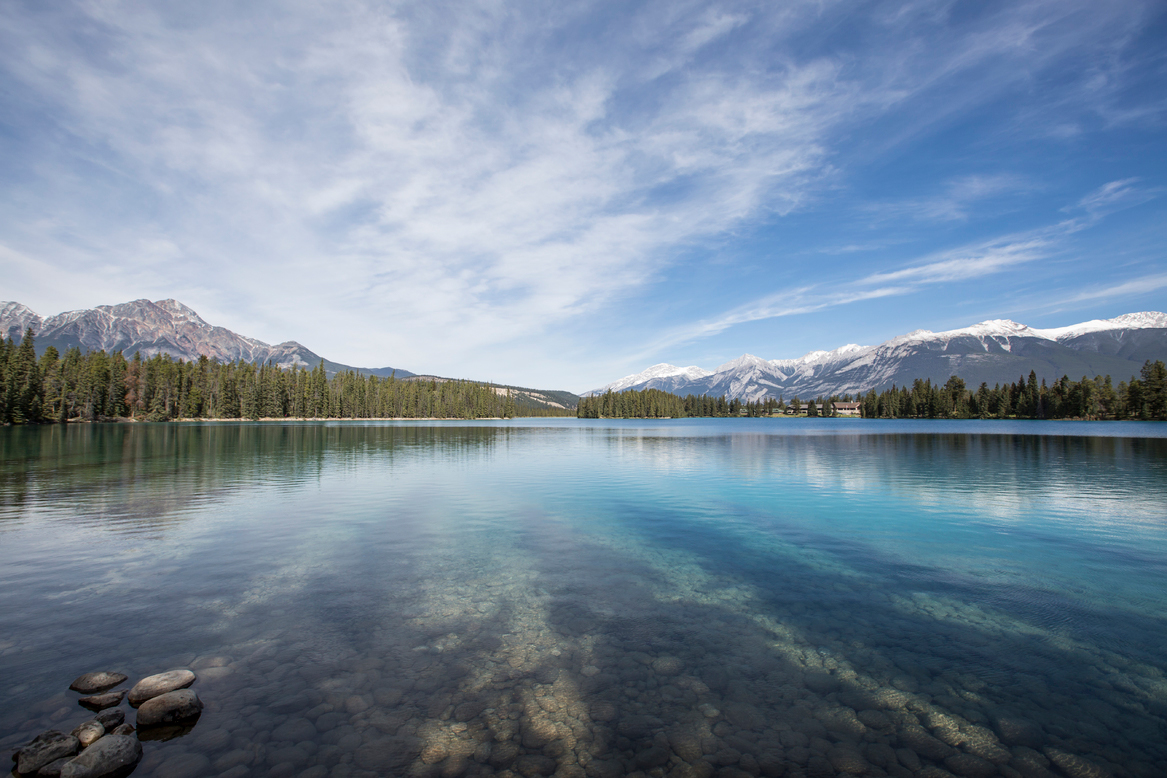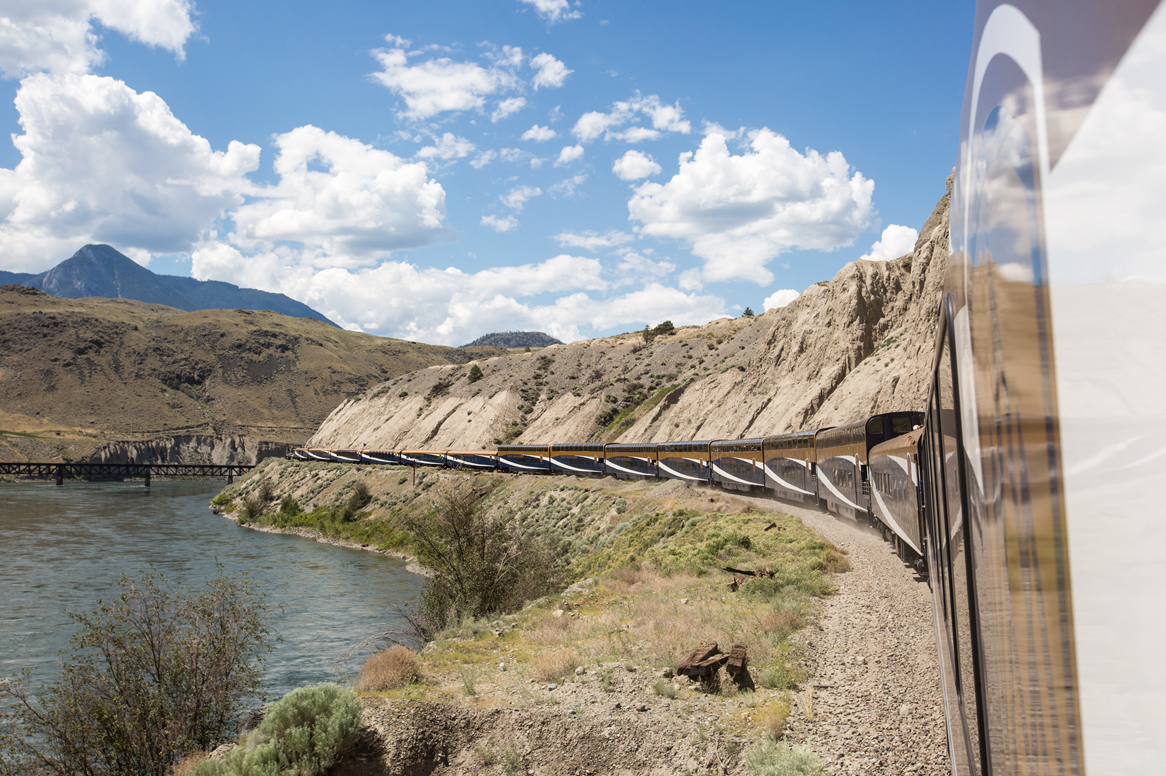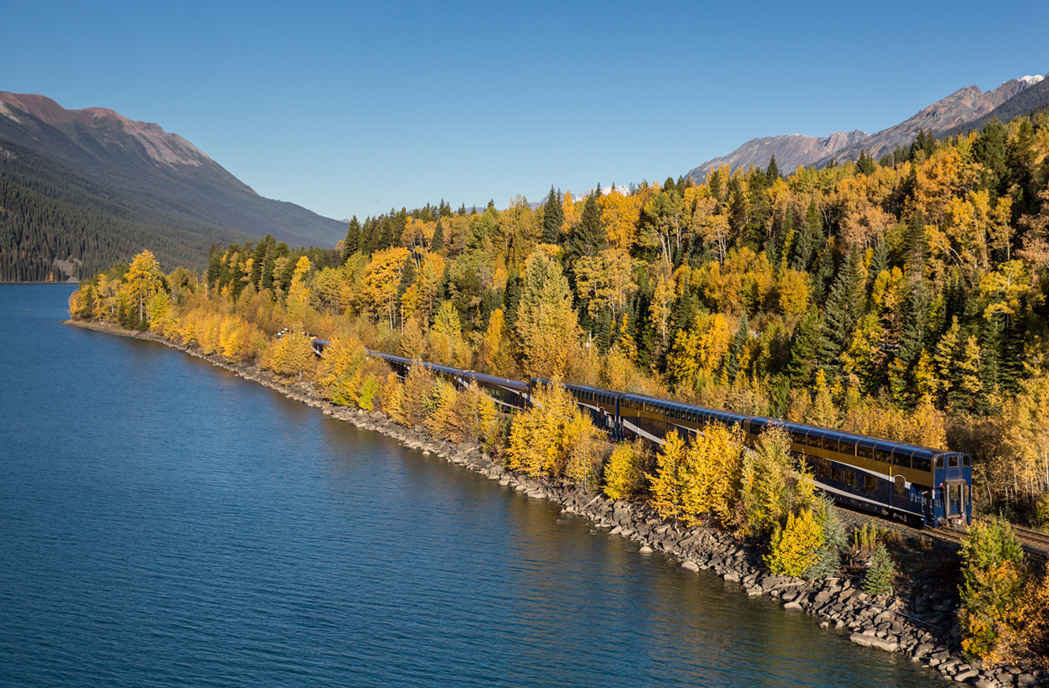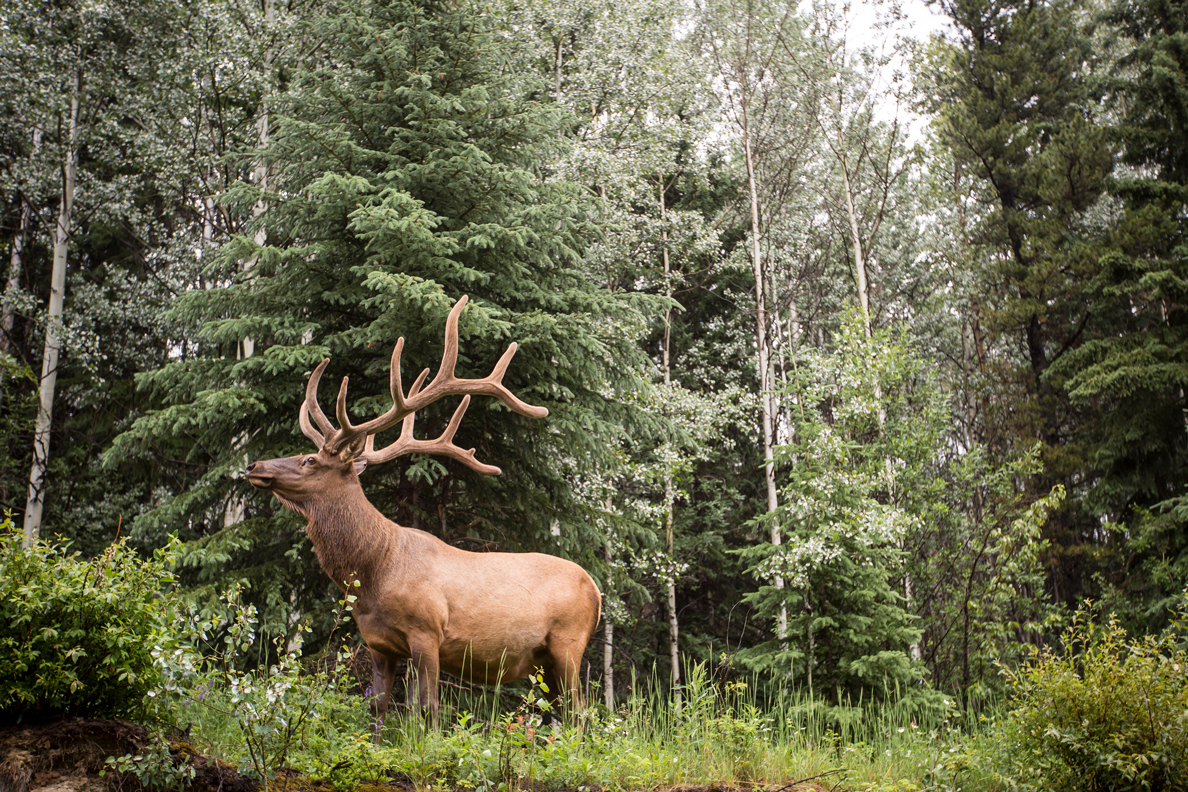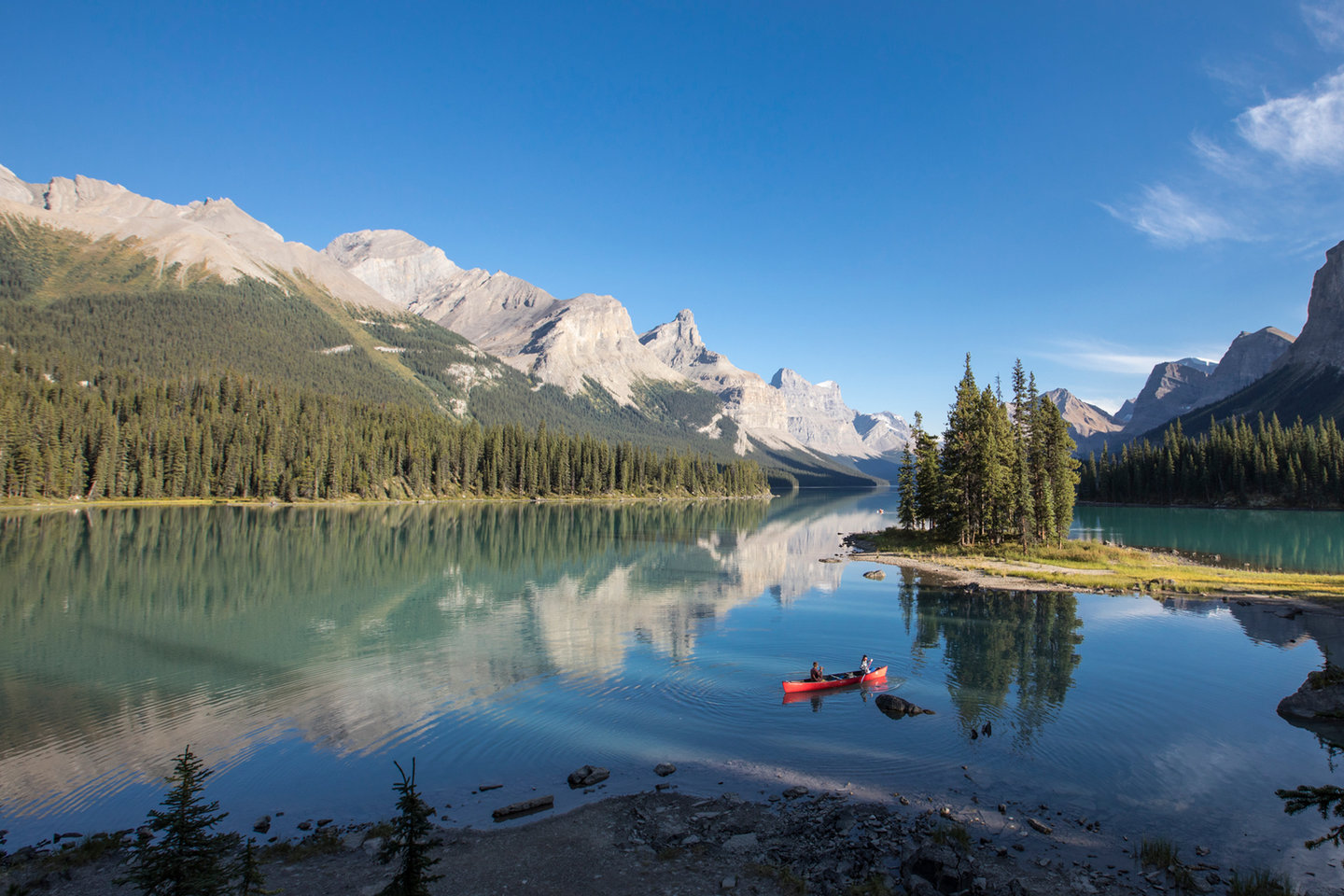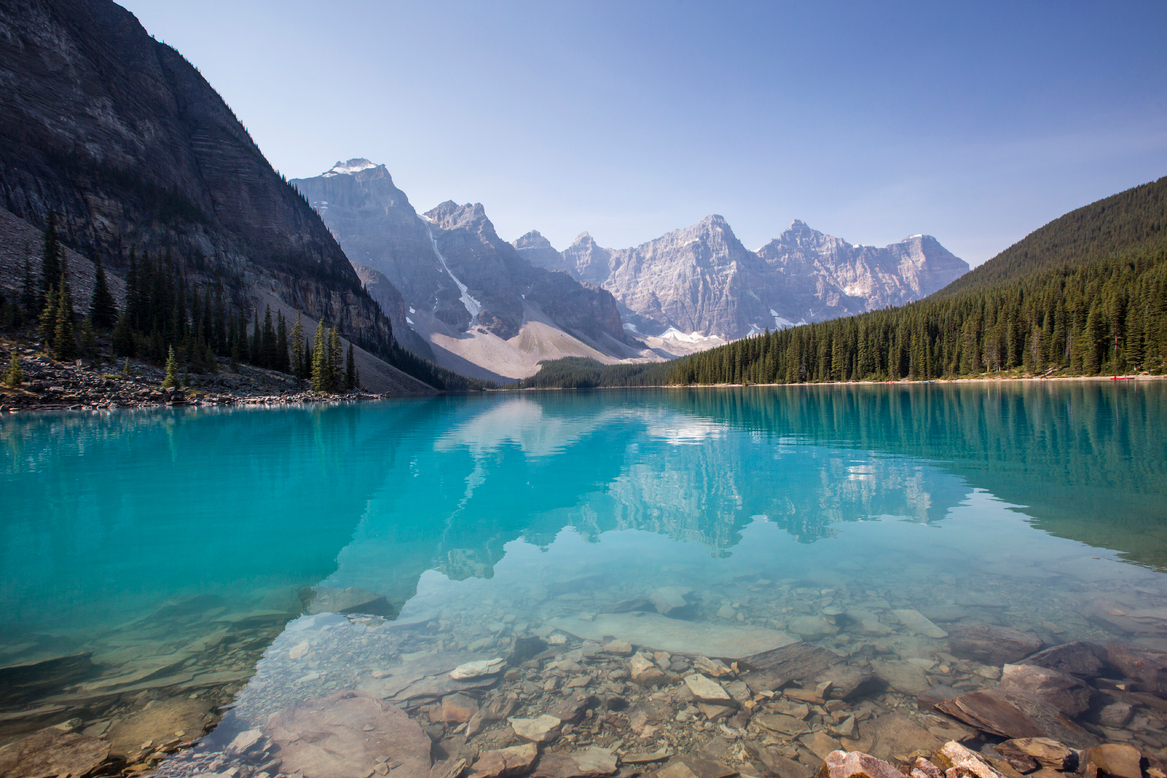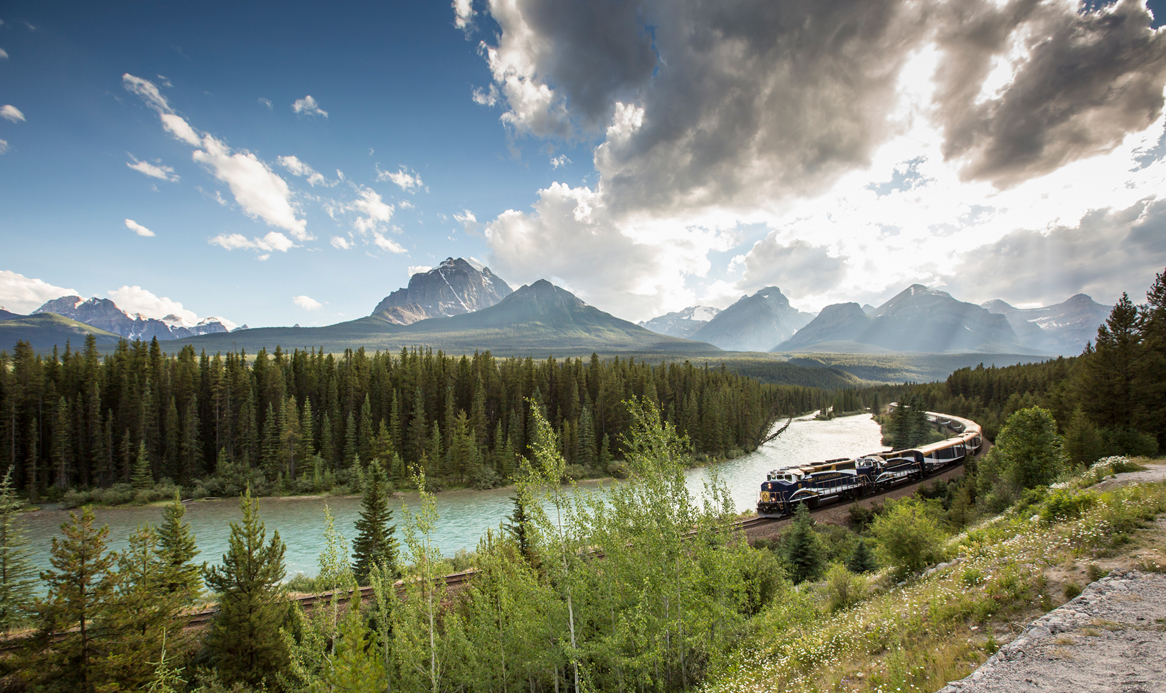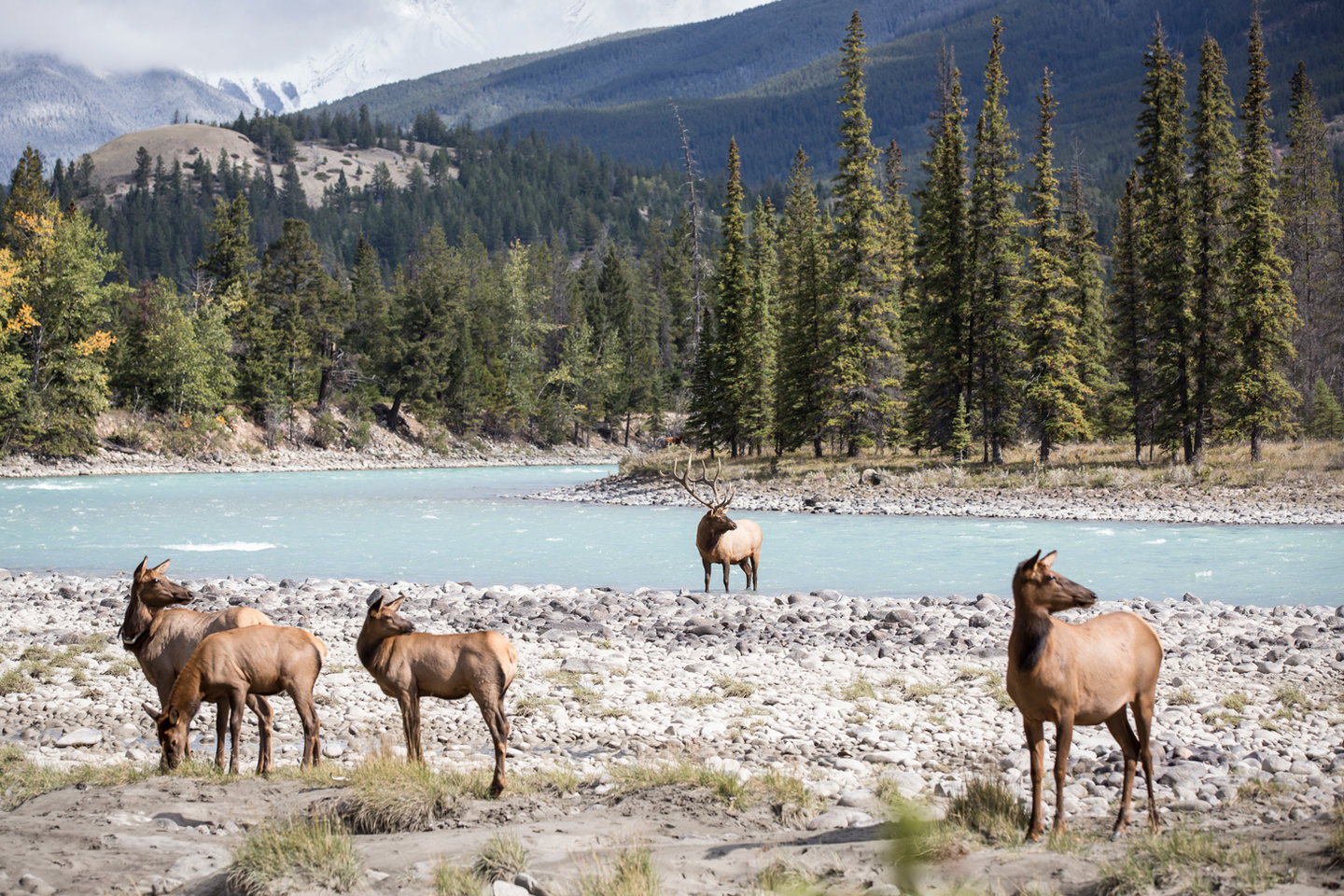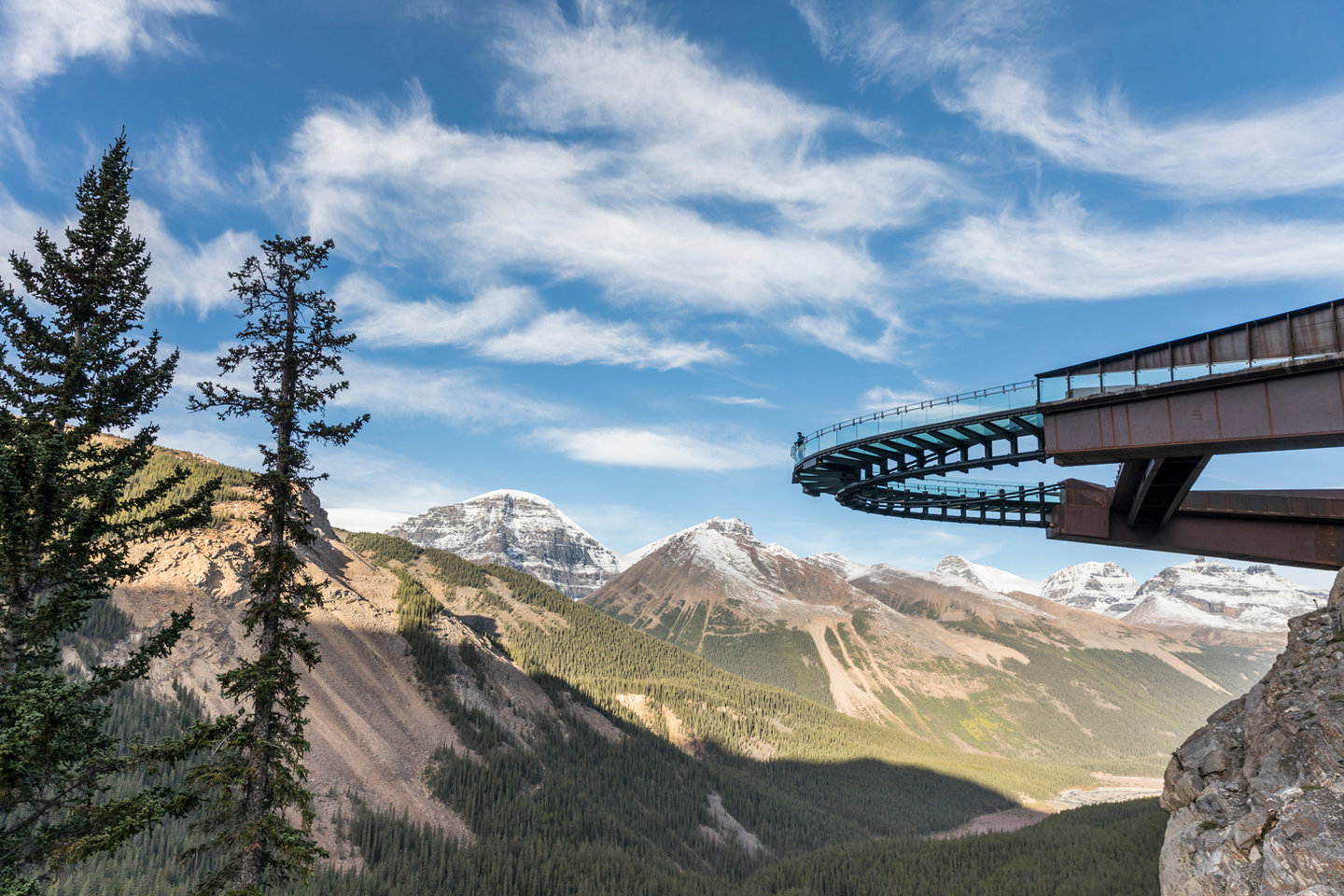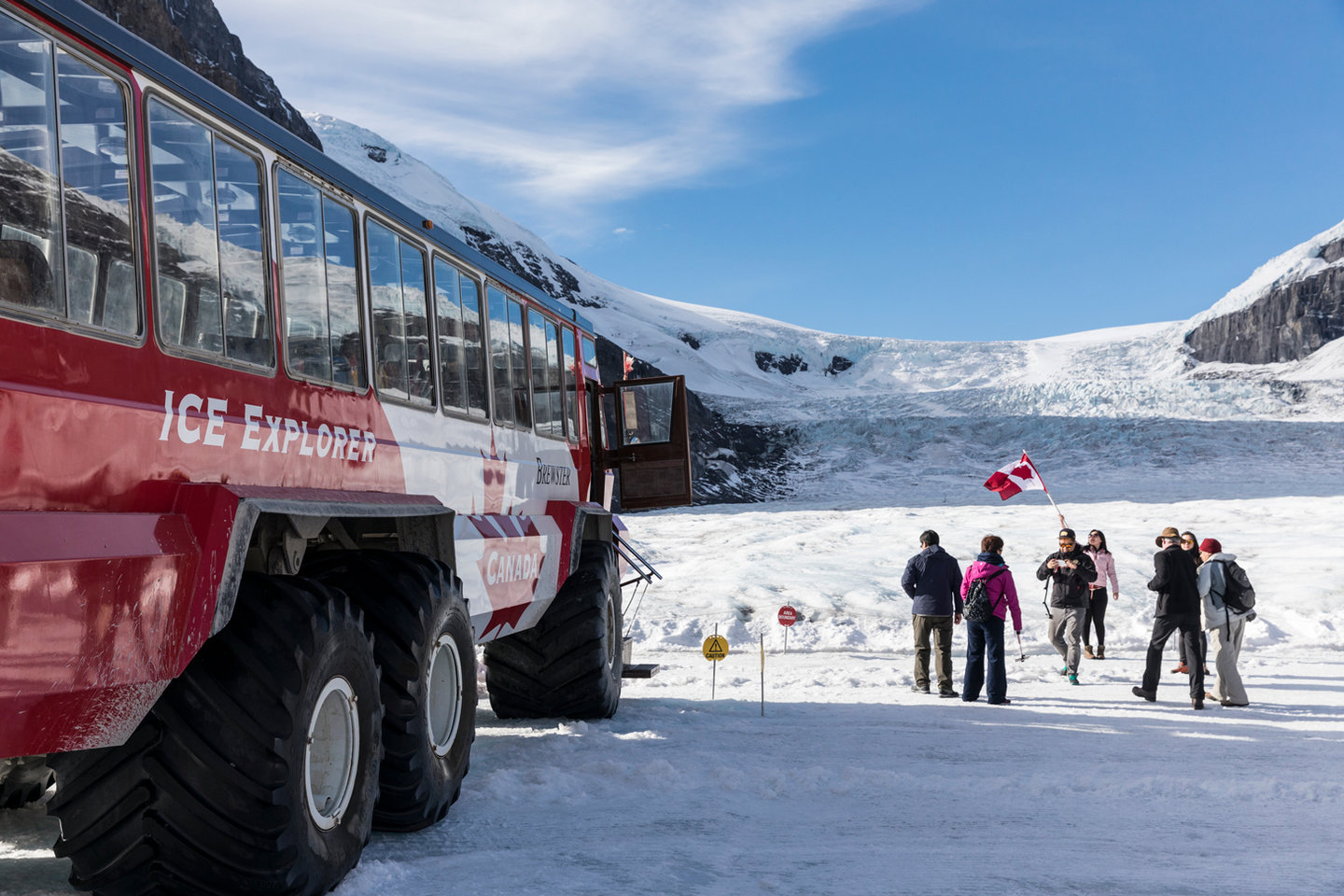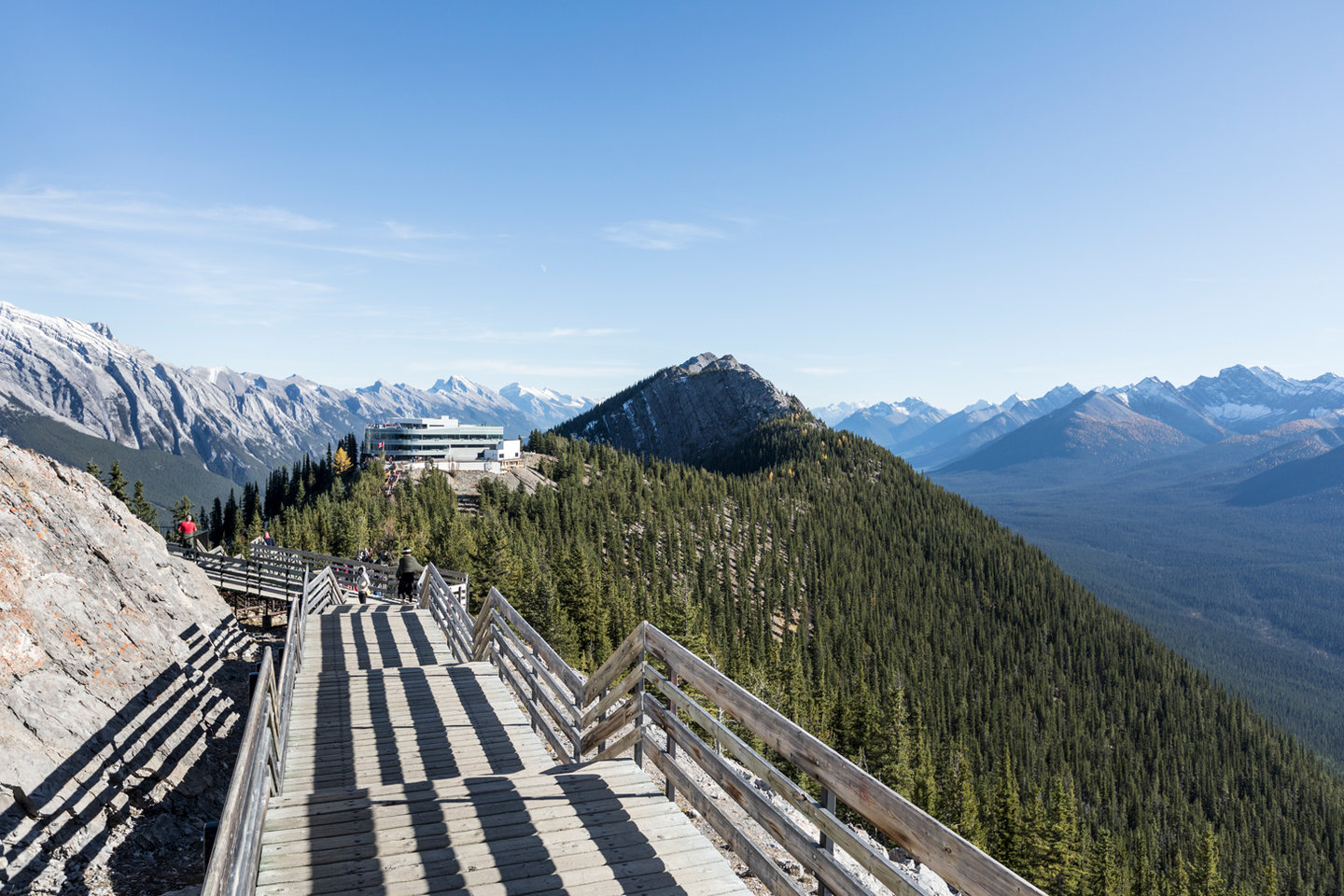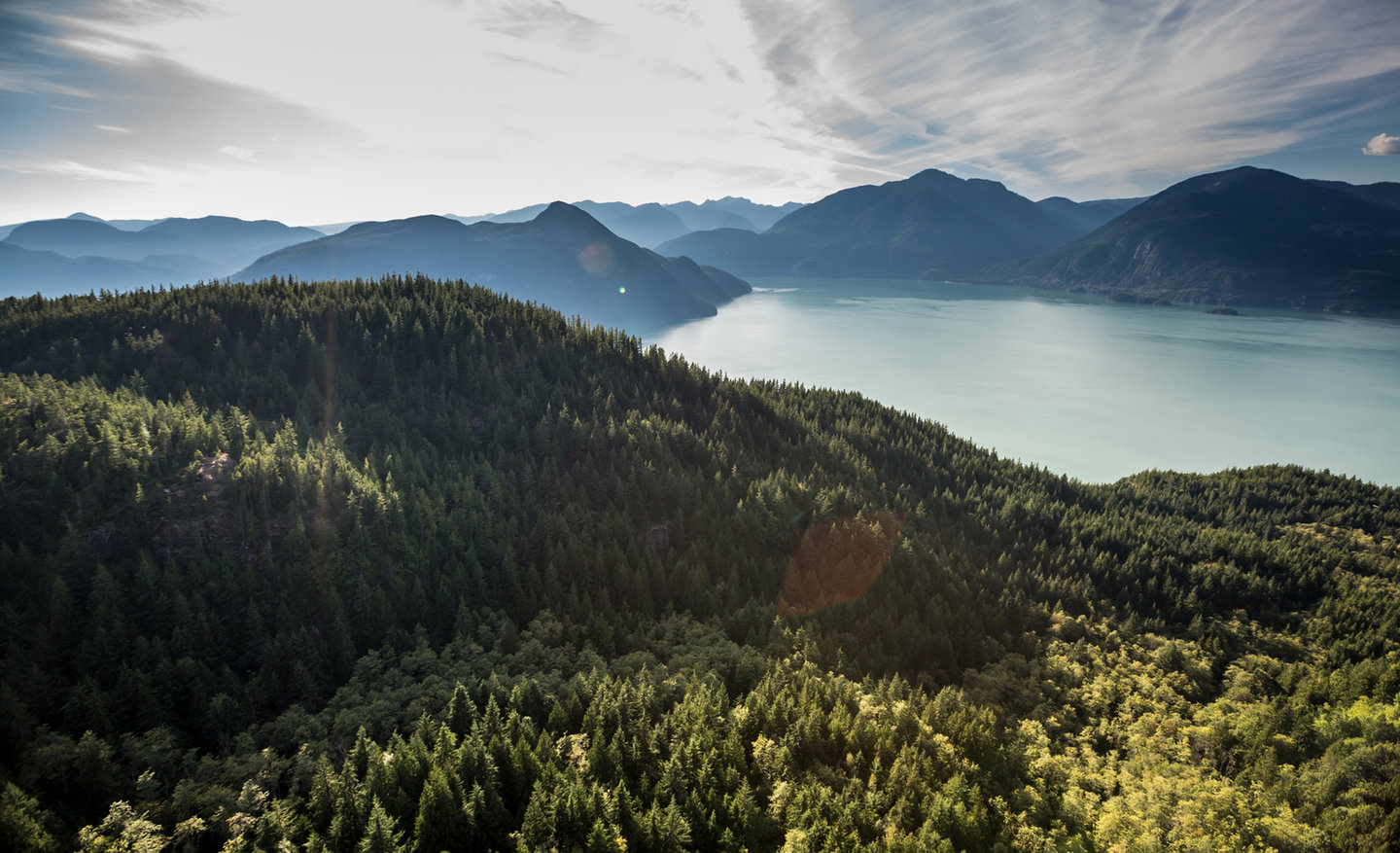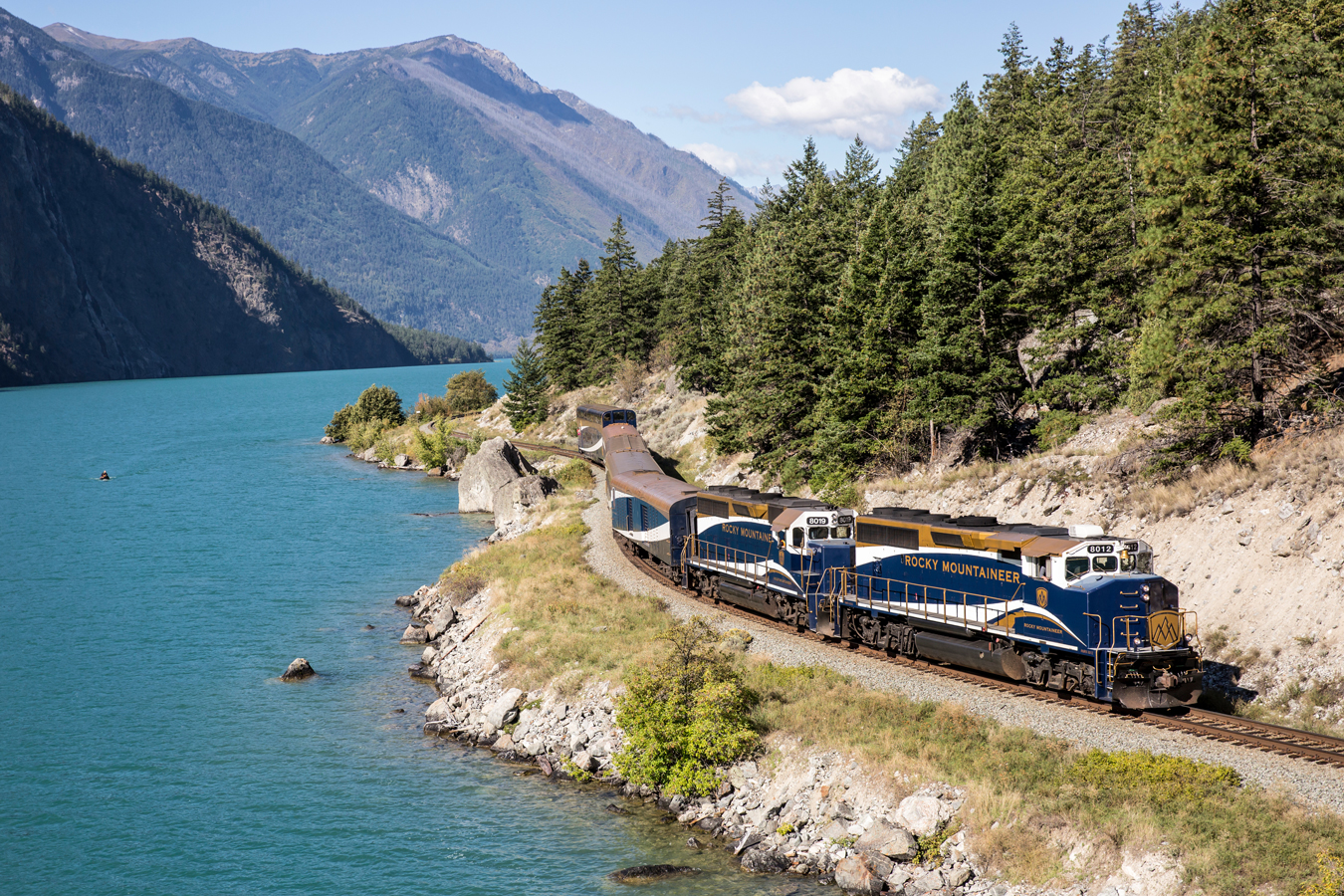Passenger services
Taking the scenic route: on board with Rocky Mountaineer
A Canadian rail-tour company offering vacation packages on four rail routes through British Columbia, Alberta and the US state of Washington, Rocky Mountaineer is a go-to for dazzling destinations. From cosmopolitan centres to the heart of the mountains, a journey aboard one of its trains can take passengers through some of the best views North America has to offer. Adele Berti takes a look
All images courtesy of Rocky Mountaineer
In
the late 1880s, the North American region of British Columbia chose to be annexed to Canada instead of the neighbouring US. This event, which effectively marked the unification of Canada, coincided with – and is tied to – the end of major cross-country rail works that connected the country’s western and eastern coasts.
Crucial in determining British Columbia’s annexation to Canada, this century-old set of tracks has become a symbol of the country’s unification and is now home to a luxury rail journey service famous worldwide and run by Canadian rail-tour company Rocky Mountaineer.
A service established in the 1990s, Rocky Mountaineer organises scenic trips through the Canadian Rockies and across British Columbia, the Canadian province of Alberta and the US state of Washington. Offering as many as 65 vacation packages on four rail routes, it carries nature enthusiasts to breathtaking lands, blue lakes and rocky canyons for prime excursions into the wilderness.
Locals and tourists from around the world can choose one of four rail journey packages that cover different itineraries. Sitting comfortably on board Rocky Mountaineer’s single or double-level coach trains, passengers will enjoy an almost 360° view of the surrounding natural hotspots through the trains’ oversized glass-dome windows.
Particularly popular among bookers is the GoldLeafService, which features double-decked trains and premium dining options. A slightly cheaper option, called the SilverLeafService that features single-level trains and fewer comforts is also available. Prices range from £1,200 for short trips, to more than £6,000 for journeys of over two weeks.
The packages also include overnight stays at picturesque hotels along the way – which vary depending on the service selected – with extra options to sign up to numerous adventurous and touristic activities that range from trekking to helicopter tours.
The packages are ‘First Passage to the West’, reaching Vancouver, Lake Louise and Banff; the ‘Journey through the Clouds’ running between Vancouver and Jasper, Alberta; the ‘Coastal Passage’, which connects Seattle, Jasper, Lake Louise and Banff; and finally, the ‘Rainforest to Gold Rush’ that passes through Vancouver and Jasper via Whistler and Quesnel.
First Passage to the West
Rocky Mountaineer’s best-selling package, First Passage to the West includes destinations like Kamploos, Lake Louise and Banff. The service takes tourists from Canada’s Western coast to the state of Alberta through renowned historical parts of the Canadian Pacific track that united the country and British Columbia in the late 19th century.
Guests will have the opportunity to see the scenic Kinbasket Lake and its blue-green waters, as well as the steep dark walls of the Black Canyon and the legendary Spiral Tunnel, famous for being one of Canadian Pacific’s most complex sections of rail track.
But the Banff National Park undoubtedly stands out as the most notable destination of the trip. Canada’s oldest park and a globally famous nature reserve, Banff is a natural sanctuary teeming with wildlife and offering spectacular views. Guests can also spend the night at its famous river-facing Springs Hotel.
Journey through the Clouds
With options to start or finish in Vancouver or Jasper, Journey through the Clouds reaches many iconic destinations such as the Mount Robson, the highest peak in the Canadian Rockies, also known as The Great White Fright.
Also worthy of a visit is the UNESCO World Heritage Site of the Jasper National Park and its Maligne Lake, the most photographed landmark in the country, which can be enjoyed in its entirety through a 90-minute boat tour.
The package also includes the Pyramid Falls and, along the Coast Mountains range, the Fraser Canyon – the Grand Canyon of the North –particularly famous for its water rapids and high concentrations of salmon.
Coastal Passage
The only package offering departure or arrival in Seattle, Coastal Passage is a cross-border journey linking the state of Washington to Vancouver and the Canadian Rockies.
Running along the Pacific Ocean’s coastline, the Rocky Mountaineer train reaches several gorgeous destinations including Chuckanut Bay, a majestic hotspot of the US West Coast where the sea meets the mountains from the Cascade Range.
The journey also features a visit of Pudget Sound, an estuary situated between the US areas of Olympia and Deception Pass, where the salty waters of the Pacific Ocean mix with a number of secondary marine waterways.
Tourists can choose to embark on this journey for a maximum of 14 nights, as well as book a cruise departing from Seattle.
Rainforest to Gold Rush
With options to board in Vancouver or Jasper, the Rainforest to Gold Rush route crosses a varied range of landscapes, including the ranch lands of the Cariboo gold rush region and BC’s coastal rainforest.
The towns of Quesnel and Whistler are also unmissable destinations featured in this package. The former is renowned as a mountain paradise where adventure lovers can take on sport activities during any season of the year, including ski, kayak and paraglide. Whistler, meanwhile, is home to the world-famous ski resort Whistler Blackcomb, which receives around three million visitors a year.
Quesnel, on the other hand, is located north-west of Vancouver and is particularly popular due to its heritage buildings, alongside its Riverfront Trail System and Fraser River Walking Bridge, the longest wooden truss footbridge in the world.
Tourists travelling on board of this train will be able to see the fjord of Howe Sound and some of the most impressive lakes of the area, including the Anderson and Seton Lakes, which used to be one body of water, as well as the Green Lake.
